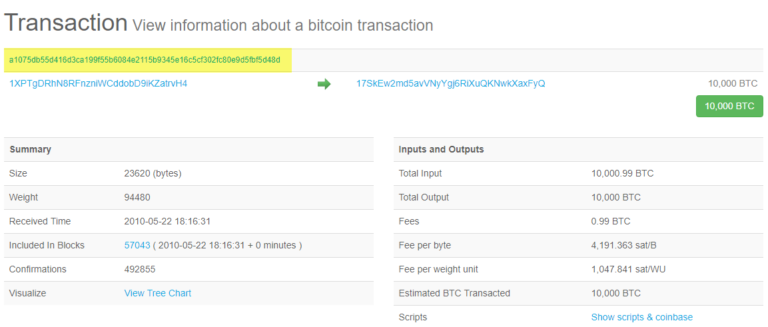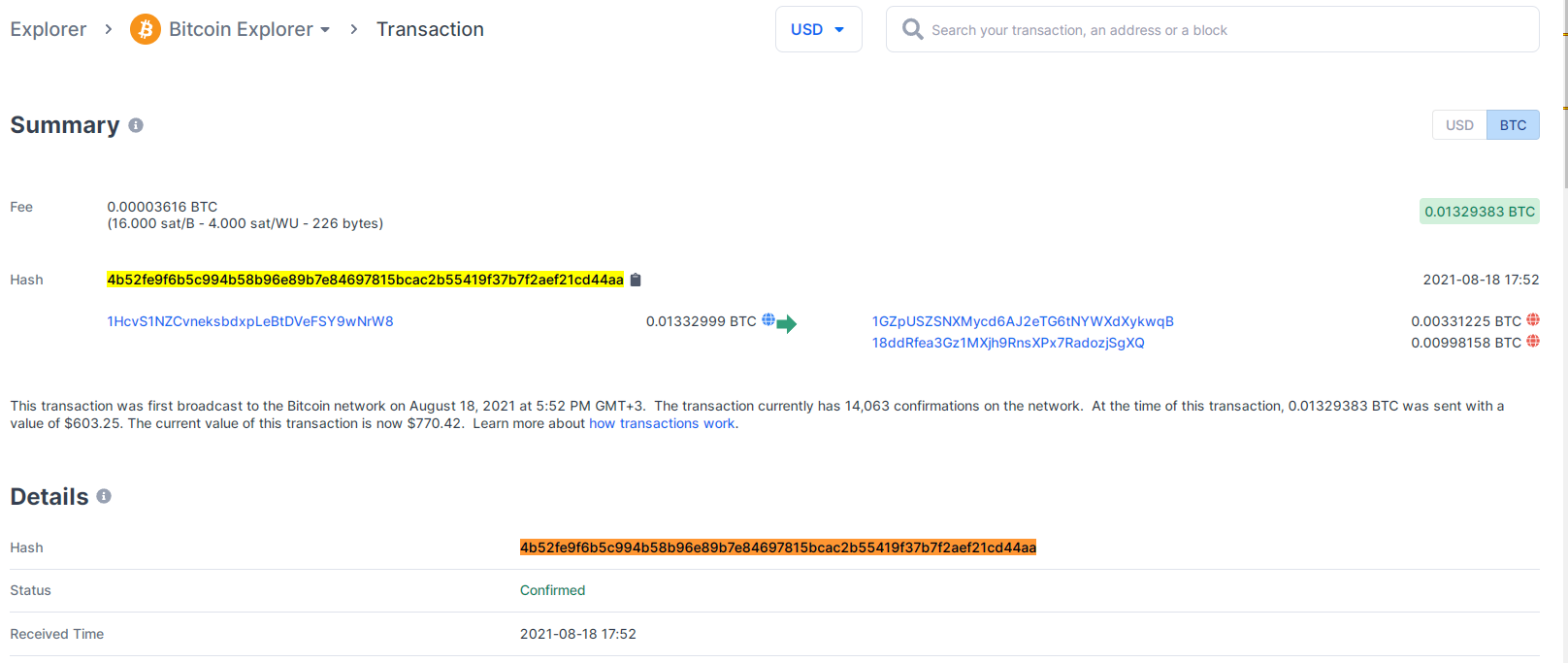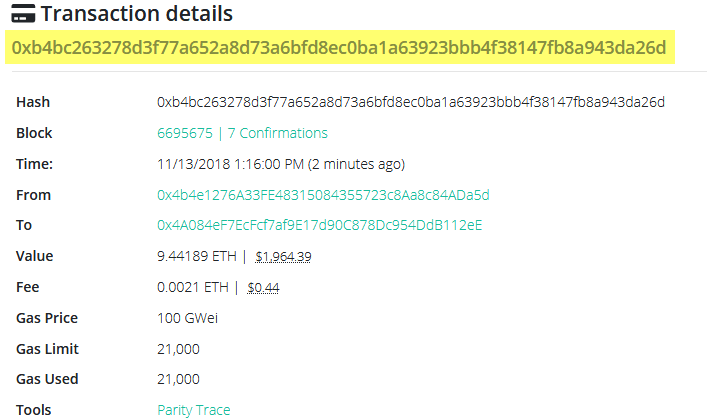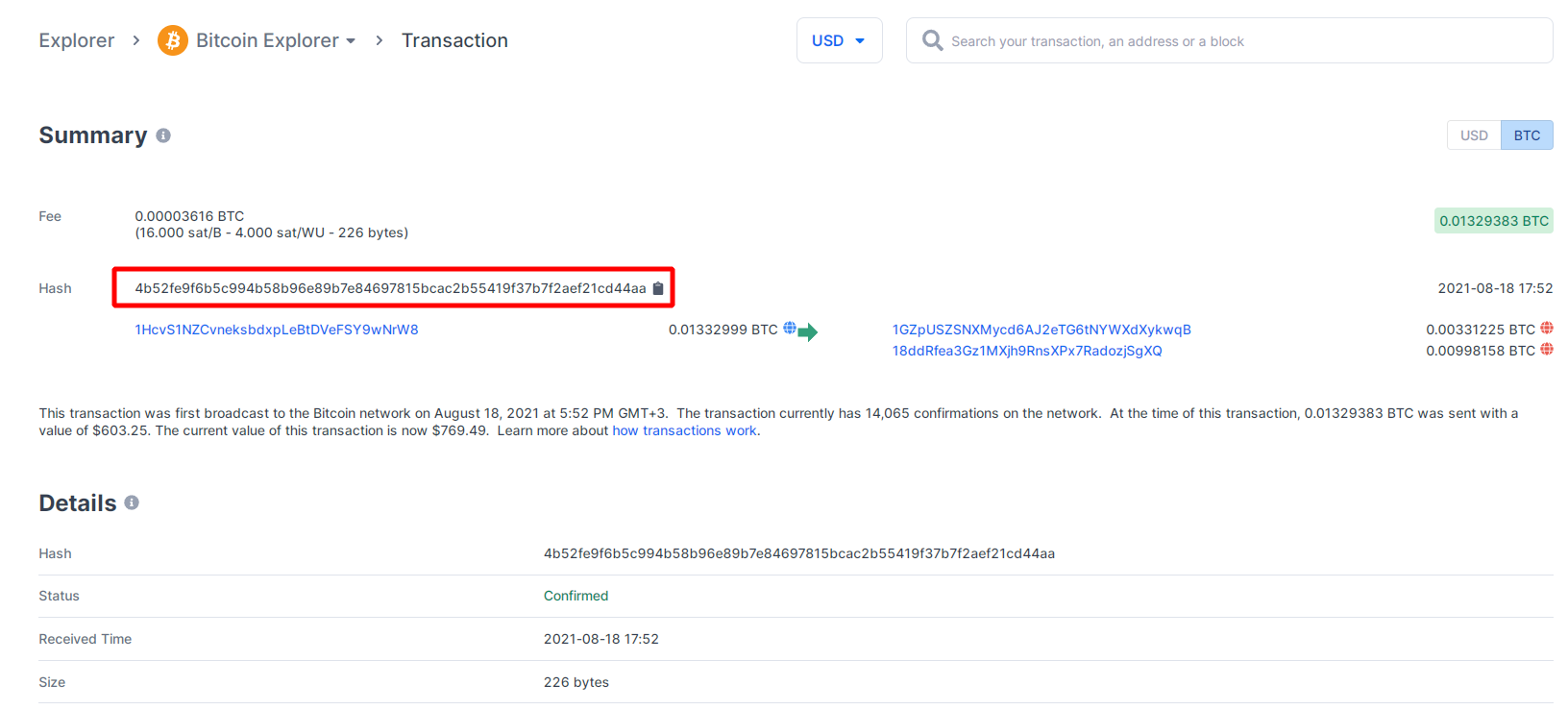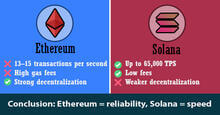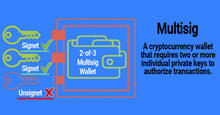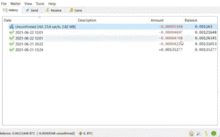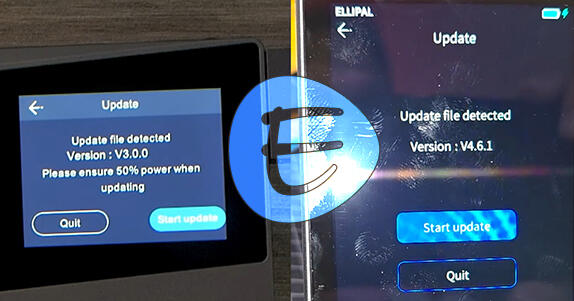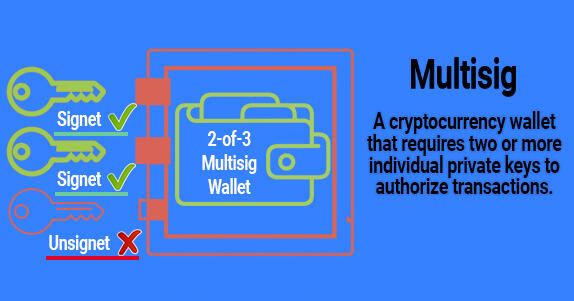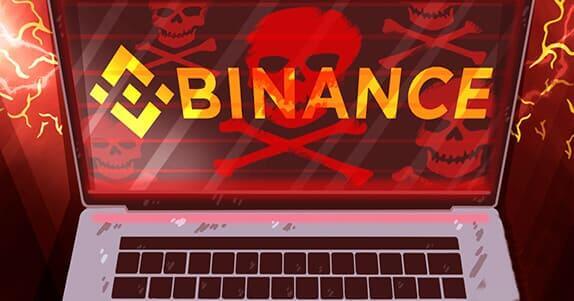Hash ID Transactions (TXID) - what is it and how to find the transaction ID

Have you just made a payment/transfer with cryptocurrency? and the recipient requests a "transaction hash" "Hash ID"? The transaction could be in any cryptocurrency: Ethereum, Bitcoin, Litecoin or Tron; often the seller/recipient will ask you for a hash or transaction ID as proof of payment/transfer.
It also happens this way: a third-party wallet service or exchange will require you to send the transaction cache ID to eliminate any problems you have with the transfer.
So how do I find this (Tx Hash) Hash-TX/TxID? And most importantly, is it safe to share this information and what is the transaction ID?
What is a transaction hash or ID (TxHash/TxID)?
Tx Hash is the hash of the transaction, it is also known (called) as a transaction identifier (TXID). It consists of alphanumeric characters and is an identification number specified for a cryptocurrency transaction (for example, Ethereum).
Every transaction that is carried out in the blockchain (for example Bitcoin) has this unique identifier. Similarly, transactions on the Bitcoin blockchain will have a unique TxHash, and each transaction on the Tron blockchain (Dogecoin, Litecoin, Dash, and so on) will also have a TxID.
For example, the Bitcoin transaction ID looks like this:
a1075db55d416d3ca199f55b6084e2115b9345e16c5cf302fc80e9d5fbf5d48d
Or so:
4b52fe9f6b5c994b58b96e89b7e84697815bcac2b55419f37b7f2aef21cd44aa
The hash of an Ethereum transaction looks like this:
0xb4bc263278d3f77a652a8d73a6bfd8ec0ba1a63923bbb4f38147fb8a943da26d
This unique identifier is a long string of letters and numbers that is used to identify a specific transaction in the blockchain.
What is a transaction TXID?
TXID is a cryptographically protected transaction identifier in the blockchain distribution registry, which is assigned for each cryptocurrency transaction after its formation.
The transaction ID (TXID) is a 64-character code consisting of a specific sequence of letters and numbers. This code is generated individually for each transaction and contains information about it, but at the same time is publicly available. Its transfer to third parties is absolutely safe, since all personal information is cryptographically encrypted, without the possibility of restoring the original data.
Most users pay attention to the transaction ID only if there are problems with forwarding. This is explained by the fact that the TXID number is a marker in the blockchain registry and is necessary to track the status of the transaction.
How to find out the TXID?
Most cryptocurrencies operate on open blockchain registries, the information in which is publicly available to all users. But, despite the importance of the identifier and the openness of the blockchain, not every ordinary user knows where to look at the TXID and how to track a transaction using it.
You can view the TXID in the transaction log of the cryptocurrency wallet from which the transaction was made. Special services have also been developed that allow you to get the transaction ID, knowing its other data. For example, the TXID check for different cryptocurrencies is available through the services:
- Bitcoin — blockchain.info;
- Ethereum —etherscan.io;
- Litecoin — insight.litecore.io;
- Ripple — xrpcharts.ripple.com;
- Zcash — explorer.zcha.in.
Regardless of the chosen service, you will need to perform the same algorithm of actions.
How do I find a hash ID transaction?
To find the TXID identifier for a particular transaction, you need to know any other information related to it. The easiest access is provided by the presence of the recipient's public address. The transaction is searched on the website of the cryptocurrency in which the payment was sent. After going to the site, you should perform the following actions:
- In the column “Search” specify the recipient's public address.
- After the search, the service will show all transactions corresponding to the entered data. Among them, the user needs to find the right one.
- Since the list of transactions can be quite extensive, the next step is to find a transaction with the corresponding transfer amount.
- Having found the desired transaction, the user can click on the number in order to find out detailed information about the transfer and, if necessary, copy the number.
You can speed up the process of searching for a wallet by the amount of the transaction, using an additional browser search on the site page. The exact amount of the transaction should be entered in the search bar, after which the browser will go to the place where the entered information is placed, and also highlight it with a marker. You can open the browser search bar by pressing Ctrl + F.
It should be noted that in some cases, one TXID number may include several transactions at once. This phenomenon is called "multiple withdrawal transaction". For such operations, the search engine will display only the first payment corresponding to the ID, which makes tracking the rest impossible.
As a rule, transactions with multiple withdrawals appear when digital coins are withdrawn by a pool, as well as if the payment is made through cryptocurrency wallets with support for the Lightning Network payment protocol. In order not to get into such situations, it is recommended to first transfer funds from pools to a personal cryptocurrency wallet and then make a payment.
Exchanges
On most cryptocurrency trading exchanges, regardless of whether you top up the exchange account / or withdraw coins, a transaction ID will also be provided.
You can usually find the hash of each transaction in your account's transaction history or in your payment history.
